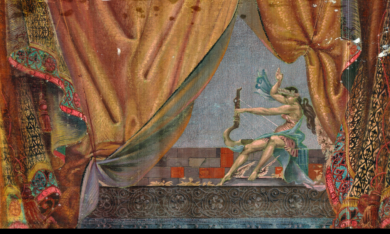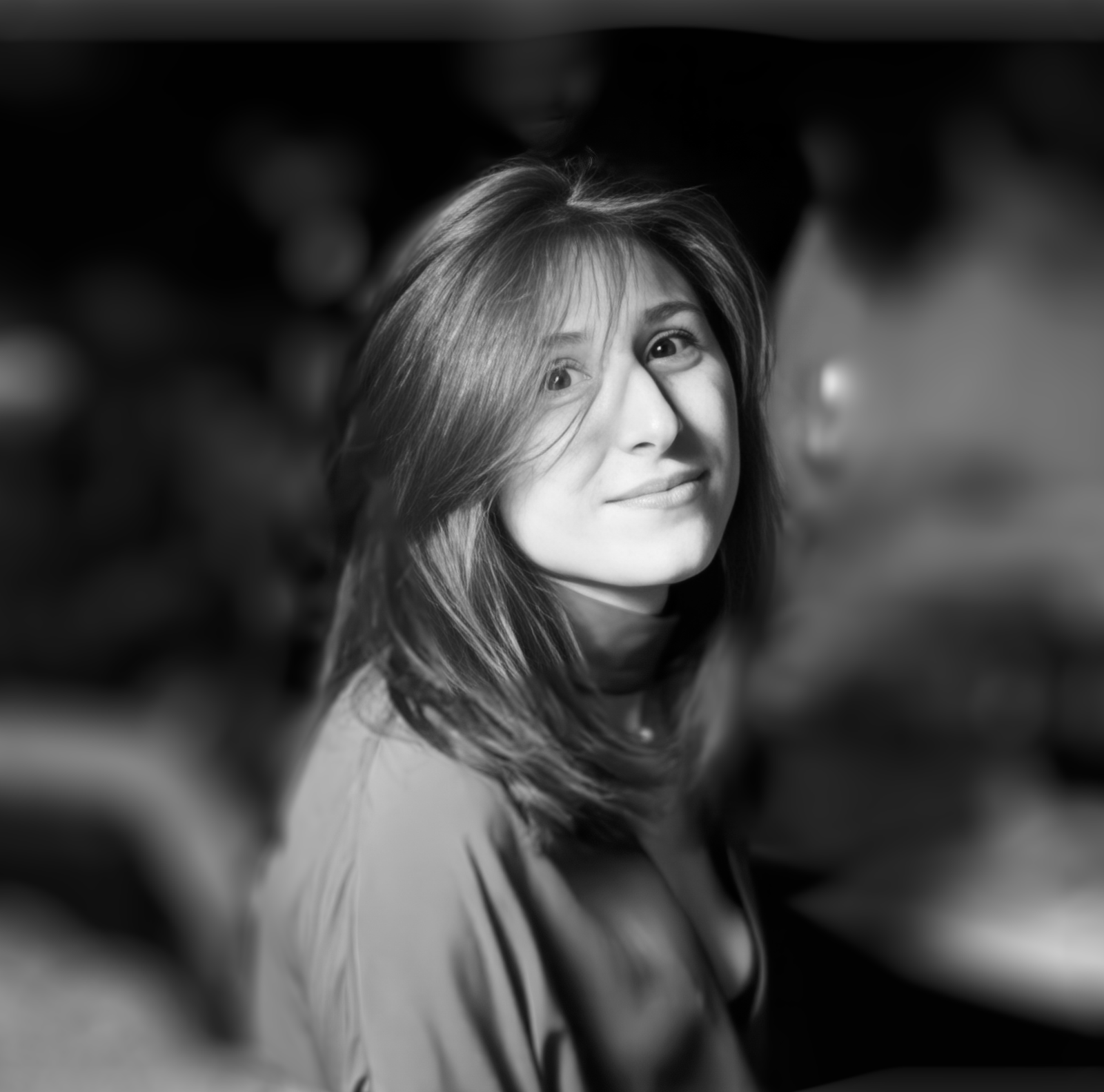On a cold February morning in 1909, in the military town of Akhaltsikhe, a child was born who would reshape Georgian art forever. Sergo Kobuladze emerged from a world where his mother’s needlework and his father’s military precision would mysteriously merge in his later artistic vision. Born to Solomon Kobuladze from Makvaneti and Nino Khundadze from Sajavakho, young Sergo’s earliest artistic influences came from watching his mother’s skilled embroidery – a detail that would later inform his intricate approach to both theatrical design and book illustration.
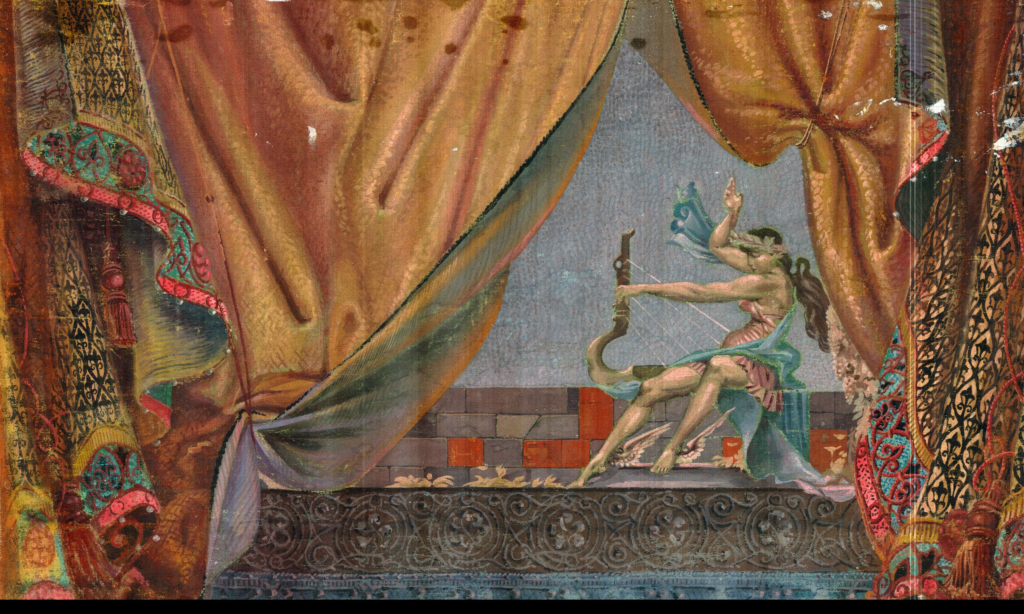
The Academic Revolutionary
At the newly established Tbilisi Academy of Arts (1925-1930), Kobuladze studied under titans of Georgian art – Gigo Gabashvili, Eugène Lanceray, and Josef Charlemagne. “In my first year,” he once recalled with characteristic humility, “I drew worse than my classmates, but painted better.” This early tension between drawing and painting would evolve into his signature style, where technical precision danced with chromatic innovation.
Theater’s Visionary
The year 1931 marked a turning point when the legendary theater director Kote Marjanishvili invited Kobuladze to join the theatrical world. What followed was nothing short of a renaissance in Georgian theatrical design. His work at the Tbilisi Opera and Ballet Theatre and Moscow’s Bolshoi wasn’t mere decoration – it was architectural storytelling through color and form. His 1960 curtain for the Paliashvili Opera and Ballet Theatre stood as his magnum opus until fire claimed it in 1973 – a loss that still echoes through Georgian cultural history.
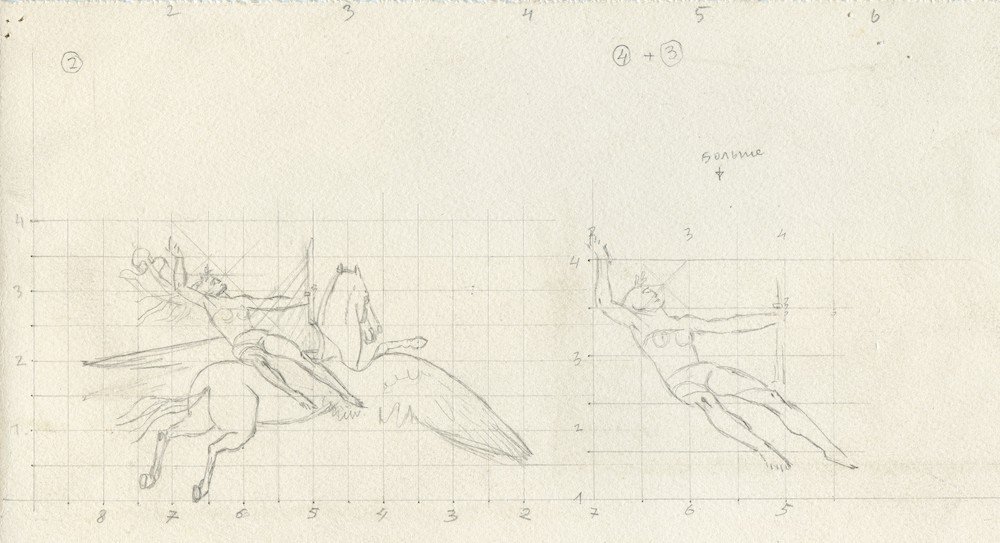
The Illuminator of Epics
In 1935, when Georgia announced a competition to illustrate “The Knight in the Panther’s Skin,” Kobuladze seized his moment. His illustrations, now housed in the Tretyakov Gallery, transcended mere visual interpretation – they became a new way of seeing Georgia’s national epic. This work established him as the preeminent graphic artist in the Soviet Union, though he would later surprise the art world again with his triumphant “Dante” series at the 1956 Venice Biennale.
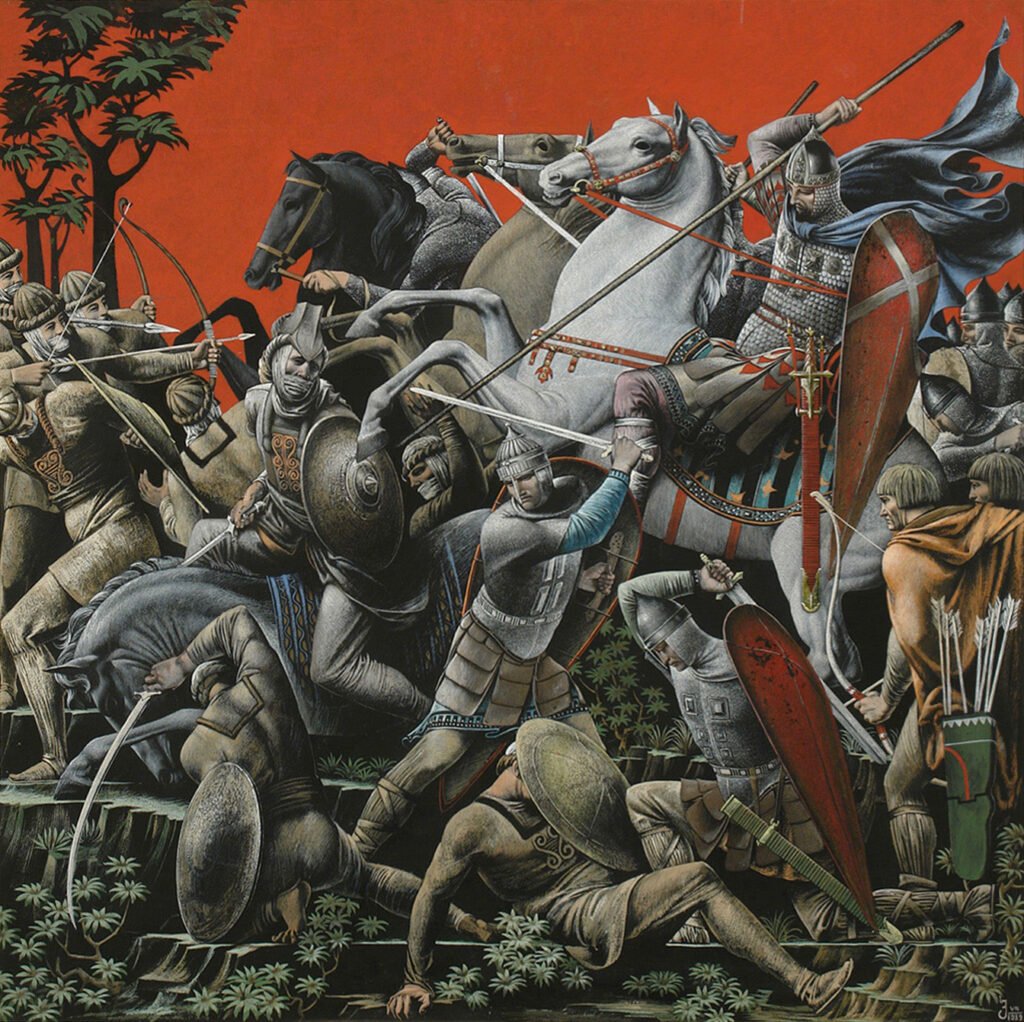
The Master Teacher
By 1939, Kobuladze brought his vision to the next generation as a professor at the Tbilisi Academy of Arts, eventually becoming its rector (1952-1959). His teaching style was unique – he couldn’t resist sitting alongside his students, drawing from life, showing rather than telling. His lectures weren’t just about art; they were explorations of music, literature, even football and chess, all unified by his remarkable ability to see unexpected connections.
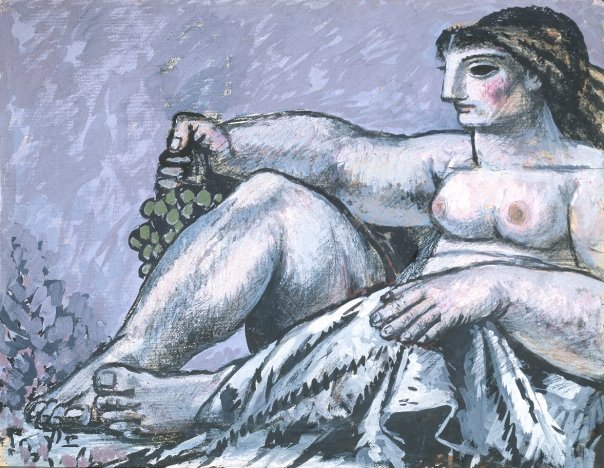
The Eternal Student
In his final years, Kobuladze turned to pure research, investigating the mathematical principles behind ancient Georgian and classical architecture. His study of the Jvari Monastery led to discoveries about the “Golden Ratio” in Georgian architecture, proving that the old masters combined creative inspiration with precise mathematical laws.
The Legacy
When Kobuladze passed in 1978, he left behind more than art – he left a way of seeing. Three children carried forward different aspects of his creative spirit: Giorgi in biology, Merab in ceramics, and Nino in piano. His burial in the Didube Pantheon of Writers and Public Figures placed him among Georgia’s immortals.

